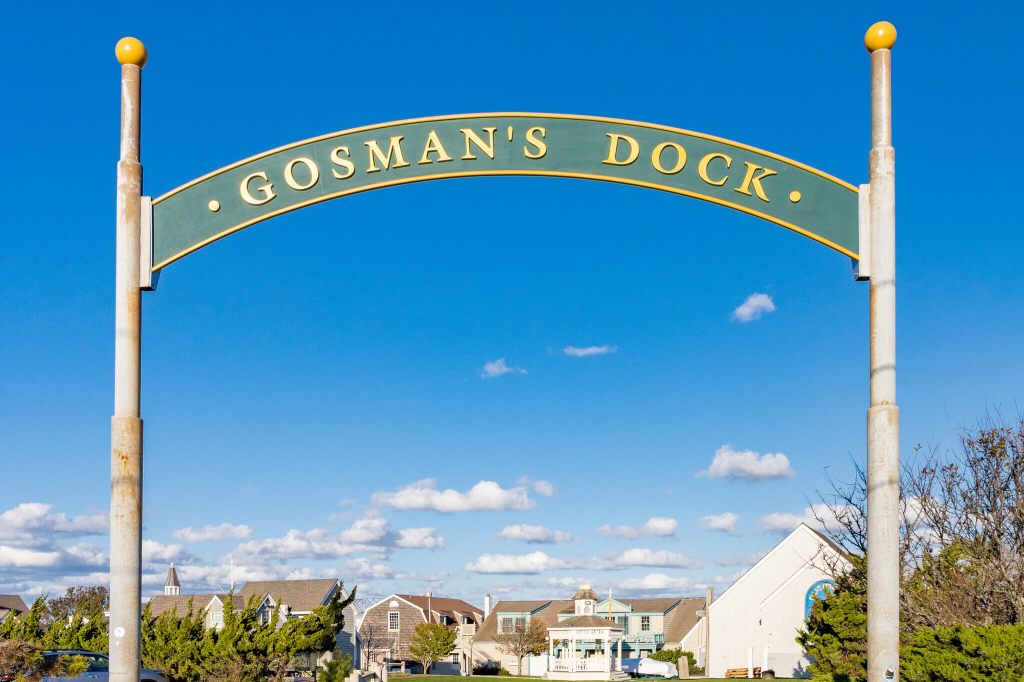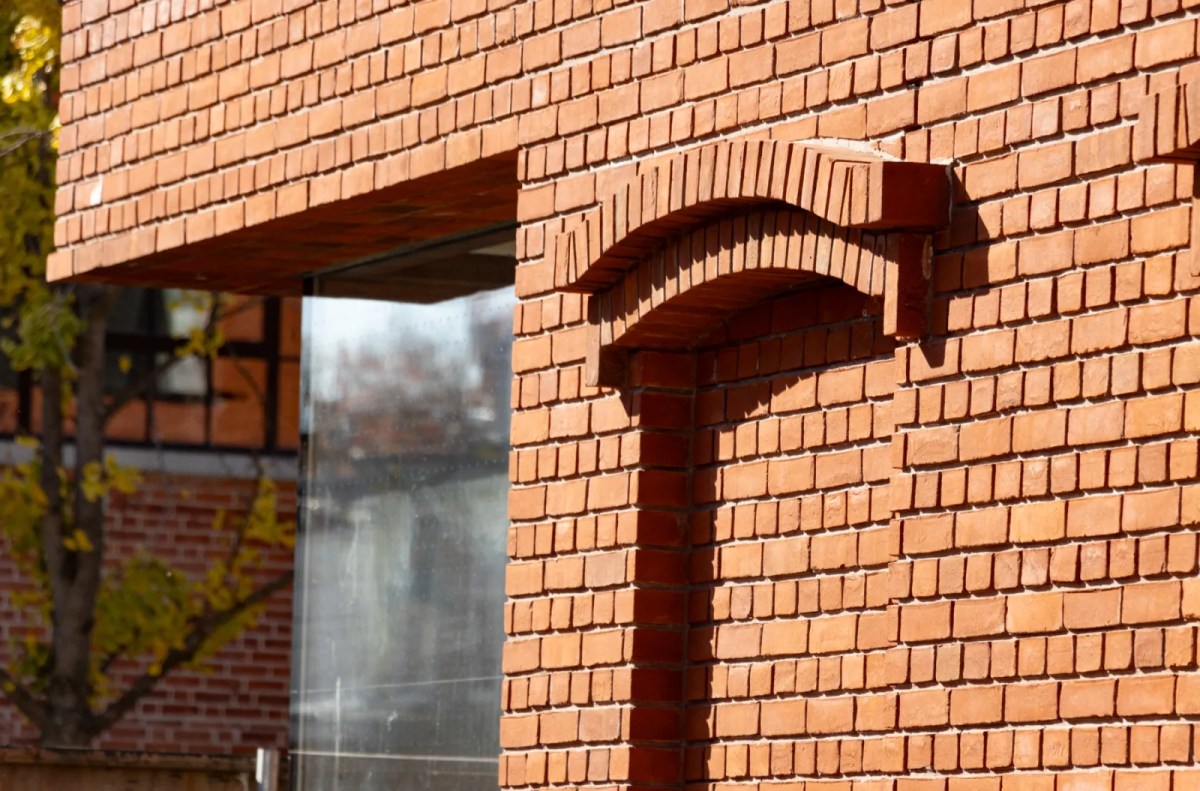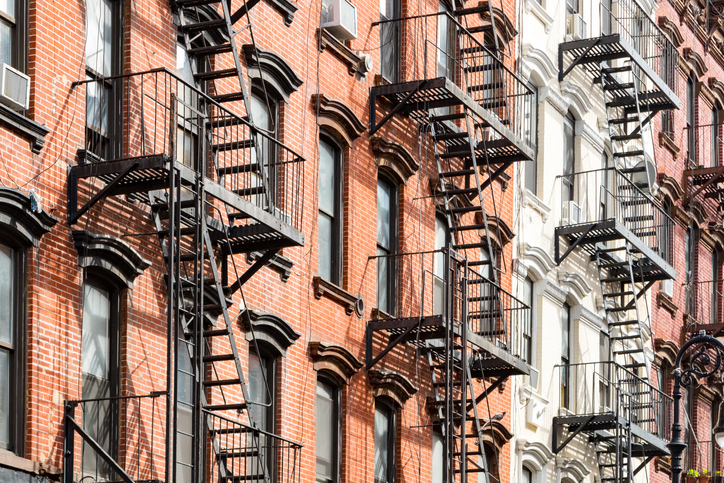
City Hall will be painting the city white this summer to protect people from the risks of high heat.
City officials, and other private and nonprofit partners launched The Cool Neighborhoods program Wednesday with paint brushes in hand. Under the initiative, the city will be working to lower building temperatures by painting their roofs a reflective white paint, planting trees to provide more shade and urging neighbors to check in on the elderly, poor and disabled when temperatures spike.
Daniel Zarrilli, the city’s chief resiliency officer, said the $106 million initiative is imperative because studies show the number of days New York City thermometers hit at least 90 degrees will double by 2020. Such hot conditions can lead to dehydration, heat stroke and other ill health effects.
“We need to be better prepared for that,” Zarrilli said.
One of the program’s largest components is the expansion of the city’s CoolRoofs service, where roofs are covered with the heat-reducing paint, at no cost to the owner.
City officials demonstrated the tactic, by spreading white paint onto the roof of the O’Hare Hall dorm at Fordham University. Lesley Massiah-Arthur, Fordham’s associate vice president of government relations and urban affairs, said the school will cover five more buildings on its Bronx campus soon, saying such steps will help the college work toward its goal of reducing the campus’ carbon footprint by 30%.
In all, some 2.7 million square feet of rooftops could fall under CoolRoofs’ paint rollers, according to the city Department of Small Business Services.
The city will spend $82 million planting trees along streets in the South Bronx, northern Manhattan and central Brooklyn, which have been particularly hard hit during heat waves, according to the city.
The Health Department will work with community groups in the targeted neighborhoods to come up with strategies to help elderly, poor and disabled people stay cool as part of its “Be a Buddy NYC” program.
“We know that many of the people who are vulnerable can be isolated,” said Corinne Schiff, the deputy commissioner of environmental health at the city’s Health Department.




























